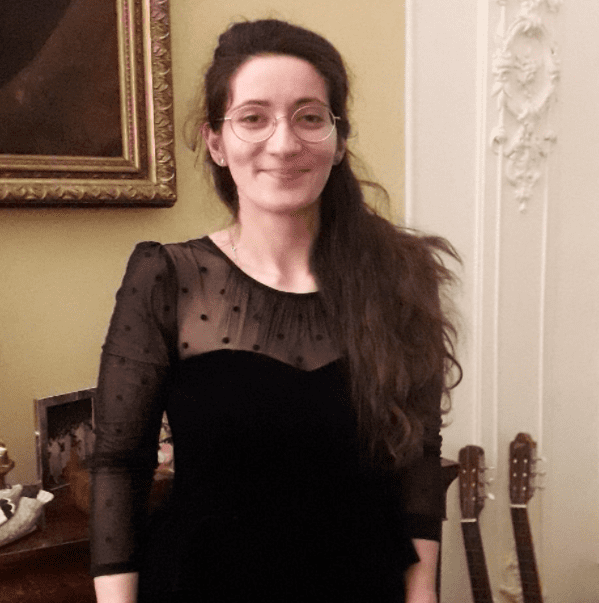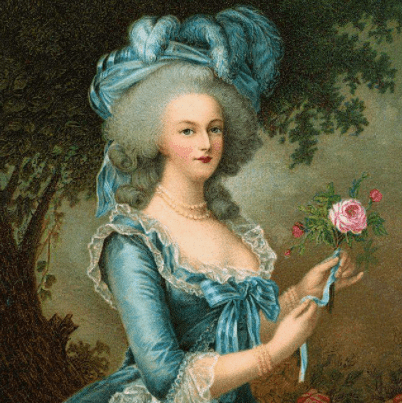
Arsenic, sulphur, mercury and ceruse (a lead carbonate) are some of the toxic substances women down the ages have put on their skin in the pursuit of beauty. But looking beautiful without either poisoning yourself or damaging mother nature is possible says Natacha Chiffi, who has worked in the beauty industry for 14 years and is now at Mintel, a market research firm, where she helps beauty brands in their product development.
As far back as Ancient Egypt women used makeup to enhance their looks on the outside in order to feel good on the inside, Natacha told young professionals at DHEF centre, Pembridge House. Ladies in Ancient Egypt used heavy makeup as did women in Ancient Greece. White skin was highly prized because it indicated membership of the aristocracy and showed that you did not work. Mascara was made from burnt cork and face packs were made from the smelly combination of swan fat, honey and vinegar.
However, said Natacha, people in the Middle Ages were not as smelly as we might think. Weekly washing in public baths was common due to the influence of the Church which preached that outer cleanliness helped to promote inner purity. Makeup was considered sinful; your looks should reflect the way God made you.
Strawberry blonde hair was a sign of great beauty during the Renaissance and women went to great lengths to achieve that. Fancy dousing your hair in donkey urine, beer and fermented breast milk and then lying on a sunlit terrace for five to six hours to lighten your locks? Er, no thanks!

Beauty fads can also have political implications. Flour was used to powder the extravagant wigs of Marie Antoinette’s era, which deprived poor people of a basic foodstuff and was one of the triggers of the French Revolution. Natacha revealed further revolting facts about this beauty trend; lice and worms would nest in the wigs!
Fast forward to the 21st century, what are the unpalatable beauty facts about our own times? Well, the UK beauty industry produces 1.42 billion units of plastic waste a year and, annually, 1.8 million acres of forest are used for packaging.
Nor is the beauty industry free from harmful ingredients. Natacha warned about using beauty products containing these:
So while our ancestors were endangering their health with lead and such like, beauty products today can still be harmful.

Natacha’s rule of thumb when buying products; the shorter the list of ingredients, the more natural and safer the product. And keep an eye on sustainable packaging.
In the end, we don’t need arsenic or aluminium to make us more beautiful. Choosing our products carefully will help us enhance the natural beauty God has given us.
Natacha's top tips when choosing beauty products.